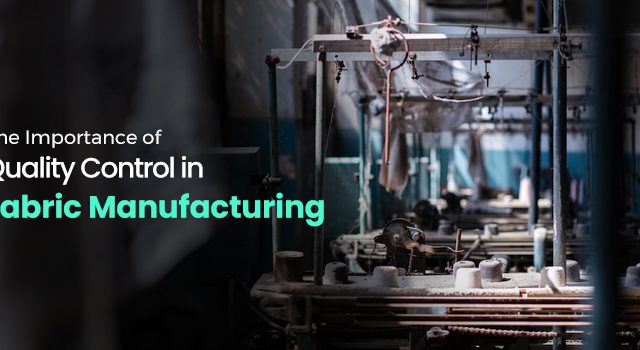The textile industry is one of the primary contributors to environmental footprints, responsible for 10% of all greenhouse gas emissions. Despite legislative pressures and climate emergency stressing the need for science and innovation, every year, around 92 million tons of textile waste is produced across the world. Unless textile manufacturers in India and overseas take drastic measures to improve the scenario, this number is expected to reach 130 million tons by 2030.
Fast fashion, a throwaway trend, and low-cost fabric-selling websites have significantly impacted clothes production and consumption.Only 13% of the total material received is recycled in some form, with most ending up in landfills. This has led to obnoxious levels of textile waste.
According to recent data, China generates approximately 20 million tons of fashion waste, with the USA following closely at 17 million and India producing around 8 million.
To put things into perspective, the primary focus of textile industry players now should be using quality material that can be recycled or upcycledto guarantee a reduced carbon footprint.In addition, they must leverage recycling technologies to transform low-value textile waste into high-value textiles.
Recycling Technologies Have the Potential to Change the Dynamics of the Textile Industry
Generally disposed ofclothing is classified into two different categories: exported as second-hand apparel at a lower price or downcycled into a much lower-quality product because of the challenges posed by ineffective fiber separation from each piece of clothing.
Diverse recycling technologies, such as mechanical recycling and chemical processes, are a crucial approach to address the issues of textile waste. Other strategies like extending the lifespan of garments, using biodegradable fiber like hemp, reducing waste, and promoting the second-hand market also play a significant role in curbing the problem.
One promising method for textile manufacturers in India is close-loop recycling, which aligns with the push towards a circular economy in the industry.
What is Close Loop Recycling?
Closed-loop recycling is a sustainable garment production approach where manufacturers use materials and accessories sourced from recycling centers. However, the key to its success is to maintain the quality of the apparel produced– it should be equivalent to the quality of the original garment.
Wear2Wear Loop Method
This is an exclusive initiative by top European brands to produce garments from recycled materials. The process covers everything from making fabric to designing the garments to disposing of them. Here, the technology used follows sustainability principles like reduced water and energy usage, traceability, and transparency.
When compared to the traditional linear method of production, the Wear2Wear loop method has two main advantages. They are as follows:
- Instead of new petroleum, recycled PET bottles are used to reduce pollution.
- Reduces greenhouse emissions by 33%, health risks to human by 51%, and lessens the usage of resources by 15%.
However, the method’s efficacy largely depends upon the kind of fiber and apparel used for recycling. As research continues, the approach will turn more efficient over time.
Textile Recycling Methods
In the online textile industry, there are two dominant textile recycling methods:
Mechanical Recycling: In this method, the textile fibers are broken down into fibers mechanically so they can be spun into yarn for textile production. We can add virgin fibers if need be. The focus here is to ensure the fiber composition of the textile waste is the same as the recycled fiber. The process involves chopping, shredding, or grinding the textiles before spinning.
Chemical Recycling: The method involves breaking down textiles into raw materials by changing the molecular structure of garments through chemical treatments. For instance, depolymerization is used to dissolve the original fibers and then transform them into new usable fibers.
Repurposing: Repurposing is a popular textile recycling method where garments and pieces of clothing are transformed into new products without breaking them down into fibers. A classic example would be turning an old dress into a tote bag or an infant’s clothes into a blanket. There are many fabric-selling websites that offer repurposing services.
Donation: Donating or reusing proposes giving away used textiles or garments to the underprivileged or online textile organizations for free who can repurpose them into new products.




